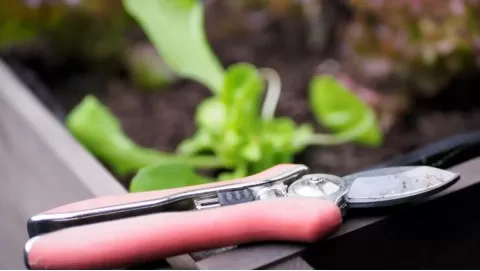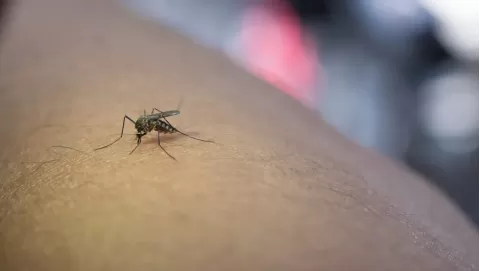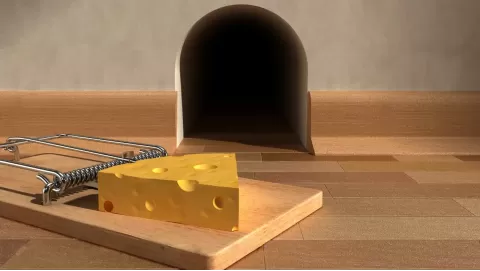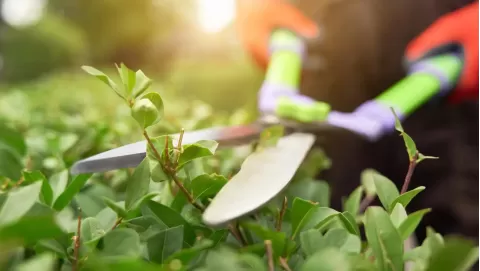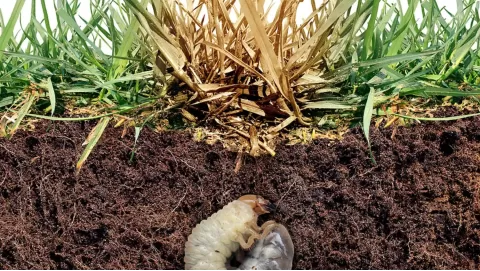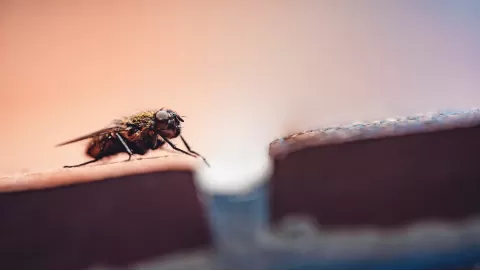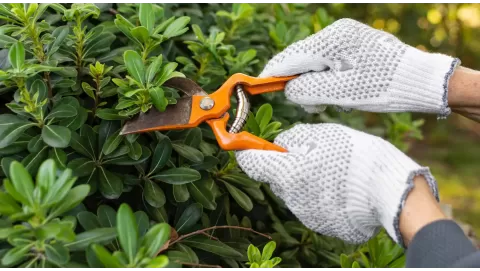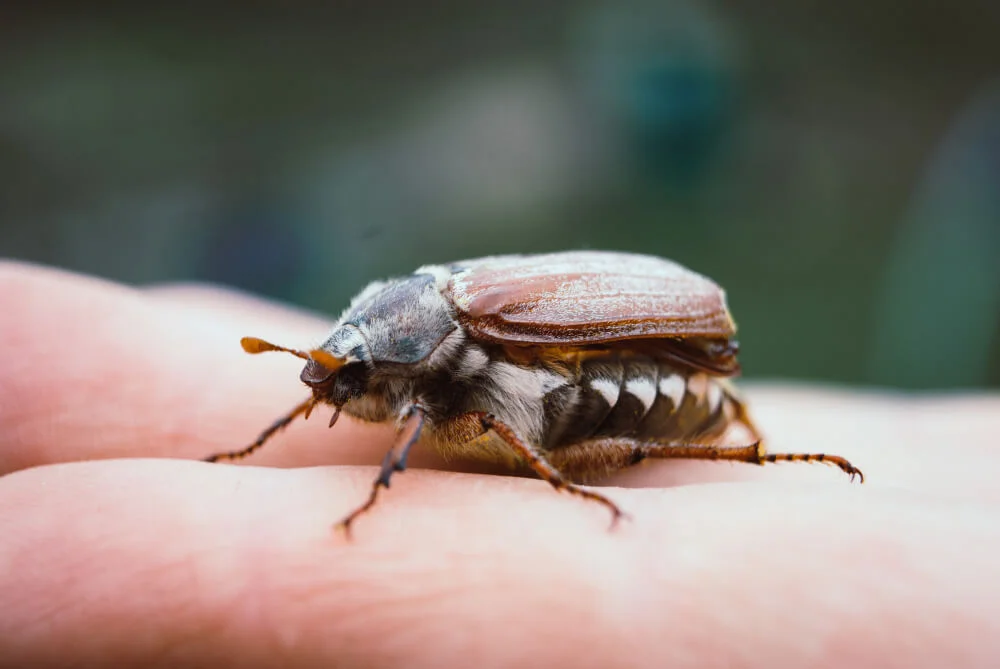
How to get rid of june bugs?
Summer is a season of flowers blooming, grass getting greener, and delicious vegetables growing all over the country. But it is also the time of year when visitors run the risk of attracting June bugs and other insects. These insects are a real danger to the plants and also spoil the look and health of the garden. Over 100 species of these insects can be found throughout the continent of North America.
Farmers have various tactics when it comes to getting rid of June Bugs, including crop rotations, cultural practices, and insecticides to spare crops from destruction. Planting those crops that June bugs dislike can help. Utilizing trap crops may also help mitigate injury.
June bugs may destroy crops, mostly by feeding. With adults feeding on leaves and flowers, photosynthetic rates are reduced by defoliation. That may lead crops like corn, soybeans, and alfalfa to grow more slowly and produce less.
Growcycle products, such as insecticides and traps, can help manage populations of June bugs and minimize the bugs’ impact on crops. These safe and eco-friendly products for the environment operate so that the insects target specific pests.
Insecticides they offer contain active ingredients such as carbaryl or bifenthrin. They can also be helpful to gardeners in controlling adult June bugs before they have laid their eggs. But it is important to follow the product’s instructions carefully. This will keep them in working and safe condition.
About June Bugs
June bugs, sometimes called May beetles, are a variety of scarab beetles that are most likely to fly at night in June and sometimes May. Due to their huge sizes, brown color, and slow flying capabilities, they can be easily seen by humans. However, the fact that they really destroy crops and gardens makes them more dangerous.
They burrow into the soil to lay eggs and the larvae or grub stage occurs. Adults feed on flowers and fruits, while the larva feed on plant roots and bulbs. They do a lot of damage before they attain their adult beetle form. June bugs are drawn towards light and warm weather, increasing their activity during summer evenings. Their rapid breeding also means that infestations can be hard to control if the appropriate measures aren’t taken.
Related: Garden cared products for sale
How June Bugs Damage Crops?
June bugs are extremely destructive to gardens and crops. Larvae and beetles in various stages of life can also be a danger to plants and trees. June bugs can also attract other pests aside from causing direct damage to plants. As herbivores, they produce a sticky liquid called honeydew on plants, which may appeal to ants and other bugs. These pests may feed on other parts of the plant, or they may also transmit diseases.
Larvae Destruction: The most destructive phase of June bugs is its larvae. These grubs sap the strength from grass and other plants by eating their roots. This root injury may cause a yellowing, wilting and eventual death of your plants.
Adult Beetle Feeding: Adult June bugs are in fact notorious for mating in addition to laying eggs and feeding on foliage of a number of different plants alongside other adult beetles. This feeding can lead to holes and defoliation that not only stress plants but are also unattractive to the garden.
Long-Term Impact: June bugs are very damaging to the garden, and they permanently ruin the caged and planted organisms and plants. In order to balance the garden you have to have healthy plants in the garden.
The June bug can do and if not can harm what is already not desired by the environment, such as land erosion, decrease in the population of some plants and animals, etc. They also open up the rest of the garden to pests and diseases.
Why June Bugs Should Be Eradicated from the Garden?
Controlling June bugs is essential for a lush and healthy garden. This is why gardeners need to act:
- To Preserve Plant Health: By preventing June bugs, individuals safeguarded their plants healthy and vigor. Healthy plants fend off diseases and pests. They make the garden beautiful and productive.
- To Enhance Soil Quality: By preventing June bug larvae from feeding on plant roots, soil stays looser from the ability for roots to grow, and has a higher abundance of nutrients. For natural gardeners who rely on healthy garden soil to provide for their crops, getting rid of June bugs is especially crucial.
- To Protect Garden Investments: Gardening is an activity that ought to devote time, energy and of course your own money. If farmers are able to arrest June bugs, they save their crop and the garden will still be a source of joy and sustenance.
Effective and Quick Ways about How to Get Rid of June Bugs
Now that you understand how crucial it is to control June bugs, here are some quick and effective ways:
Manual Removal: The simplest way to control June bugs is to simply pick them away by hand. When they are most active in the evening, use a flashlight to locate and collect them. Then, discarding the beetles into a bucket of soapy water to kill them.
Using Traps: Traps are one of the best methods for controlling the population of June bugs in your garden. Light traps and pheromone traps can trap and kill adult beetles that are unable to lay eggs. Growcycle offers a variety of sticky traps to kill these insects.
Beneficial Nematodes: Parasitic nematodes are microscopic worms that attack and destroy June bug larvae. They may also serve to control grubs on the soil and protect the root systems of the plants.
Strategies and Approaches to Manage and Eliminate June Bug Pests
Population control measures are as crucial as the prevention of June bug infestations. Here are some tips and answers for defending against these pests:
Maintain Healthy Soil: June bugs are less likely to feed on healthy soil. Good crop rotation, organic material into the soil, and regular soil aeration are good ways to prevent beetle problems.
Use Row Covers: Protect the plants by blanketing them under row covers. This is a physical barrier that keeps the adult beetles off the plants and logs so they can't lay their eggs.
Varieties of Plant Resistant: Some types of plants are less likely to get harmed by June bug attacks. To reduce the risk of infestations, research resistant varieties and choose them for the garden.
FAQs
Can June bug populations be controlled without using harmful chemicals?
Yes, natural methods, such as trap crops, can help control June bug populations without the use of insecticides.
How Do June Bugs Damage Plants?
Both June bug larvae and adult beetles feed on plants. Larvae damage plant roots, while adult beetles feed on foliage, leading to plant stress and potential death.
Is there a connection between June bug populations and climate change?
Yes, warming could make for good conditions for June bugs to mate and feed, resulting in more of them. This underscores how important sound pest control is in agriculture.
The Bottom Line
So this is all about how to kill June Bugs. They can damage the garden, but it is possible to stop them and prevent their spread with proper strategies and products. Growcycle has a variety of solutions to keep your garden in good running condition. Their offerings, including traps and beneficial nematodes, are geared towards simple and effective June bug control.
Investing in Growcycle Insecticide products means investing in the health and beauty of the garden. Don’t let June bugs spoil the hard work. Stop June bugs now and enjoy a garden free from pests this summer.



